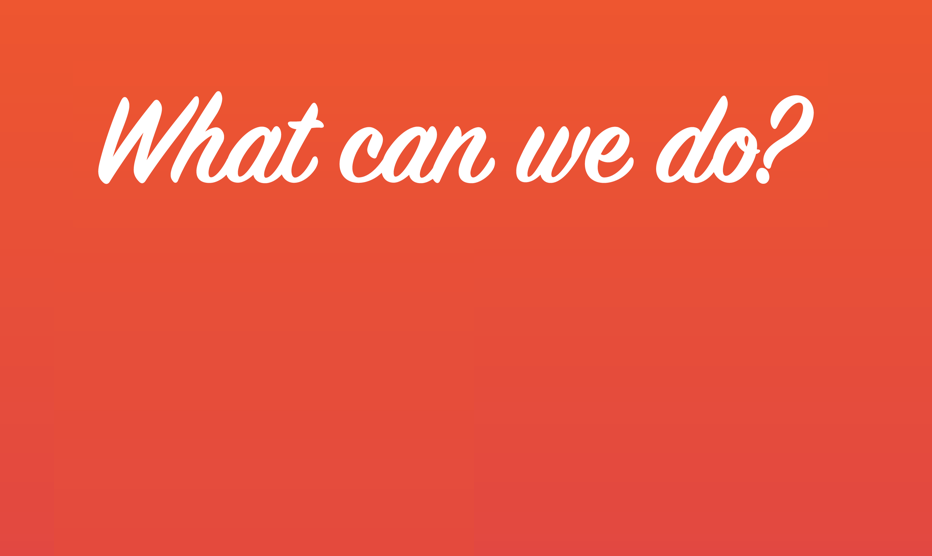
Tapestry conference 2017 poster: #WhatCanWeDo
As you may or may not have noticed, we are living through a rather interesting time, to say the least. Indeed some may prefer I use far stronger words than interesting, but this is a family show.
Visualisingdata.com was originally launched in 2010 originally to serve as a blog to help continue the momentum of my learning from studying the subject via a Masters degree. I continue to publish articles and share announcements that track developments in my professional experiences as well as developments in the data visualisation field at large.
This is a collection of all my published posts, starting with the newest and dating back to 2010, tracking. These posts include articles, design commentaries, podcast updates, professional updates, and general news from across the data visualisation field.

As you may or may not have noticed, we are living through a rather interesting time, to say the least. Indeed some may prefer I use far stronger words than interesting, but this is a family show.
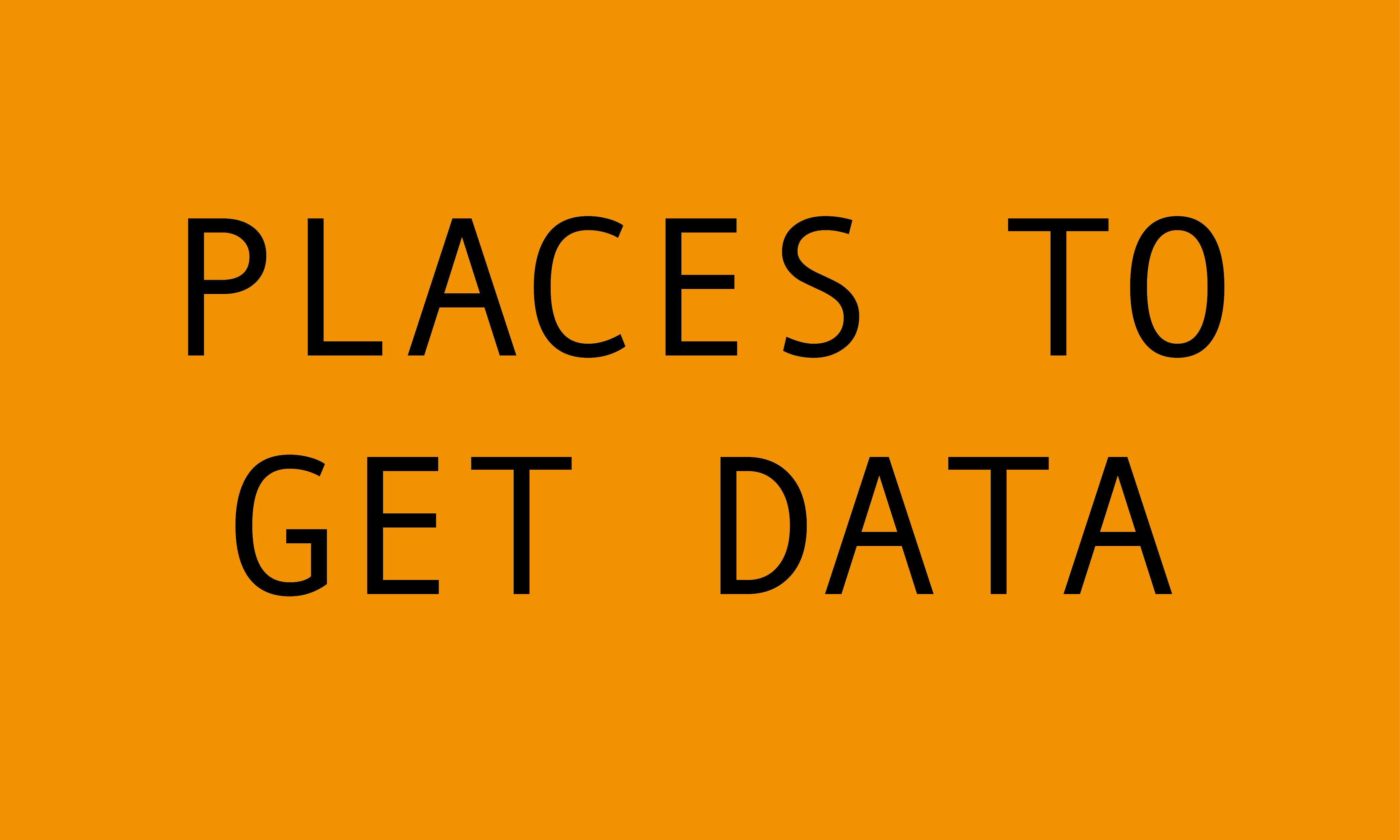
This post compiles a collection of sites that provide data, covering curated collections, data releases through Open Data movements or ‘Data-as-a-Service’ platforms.
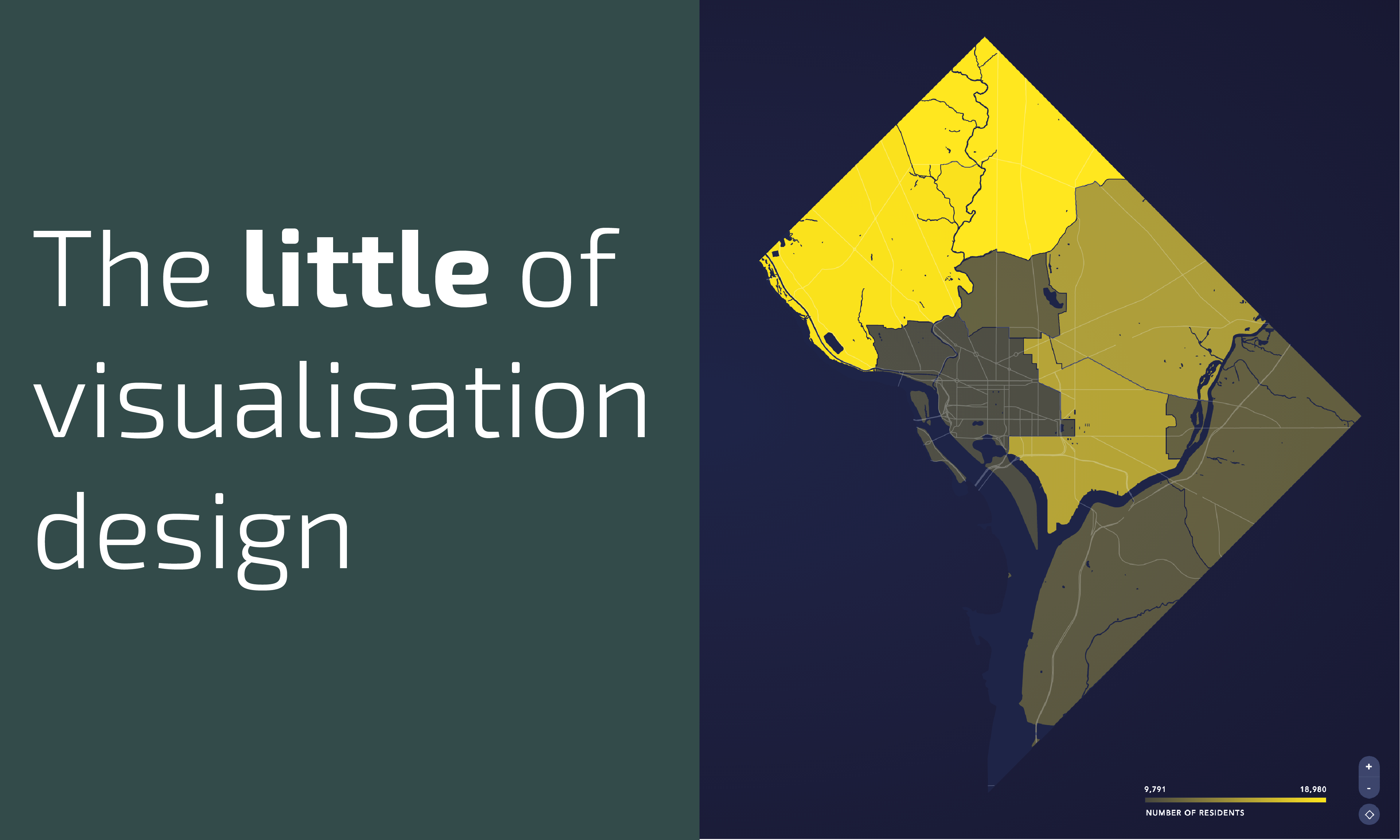
This is part of a series of posts about the ‘little of visualisation design’, respecting the small decisions that make a big difference towards the good and bad of this discipline.
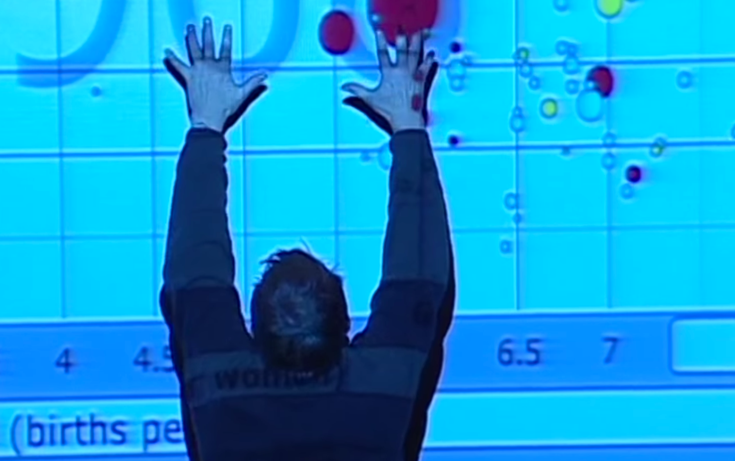
Yesterday we learnt the terribly sad news of the passing of Hans Rosling. My condolences go out to his family, friends, and colleagues as well as the countless others who were affected by this news.
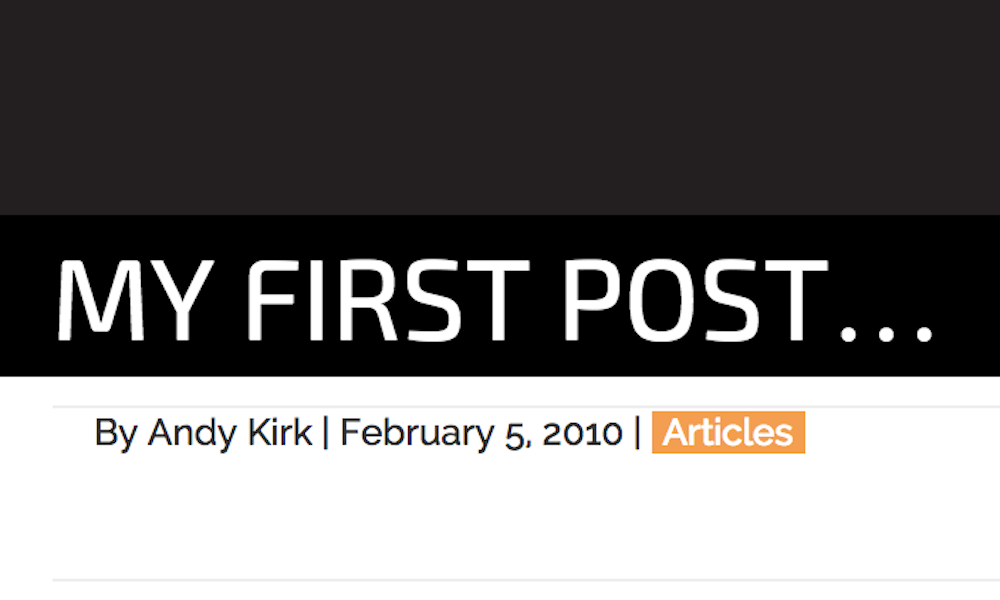
Yesterday, 5th February 2017, marked seven years since I launched visualisingdata.com. It genuinely feels like only yesterday when I first clicked on ‘Add New’ and began the long journey towards composing over 750 posts.
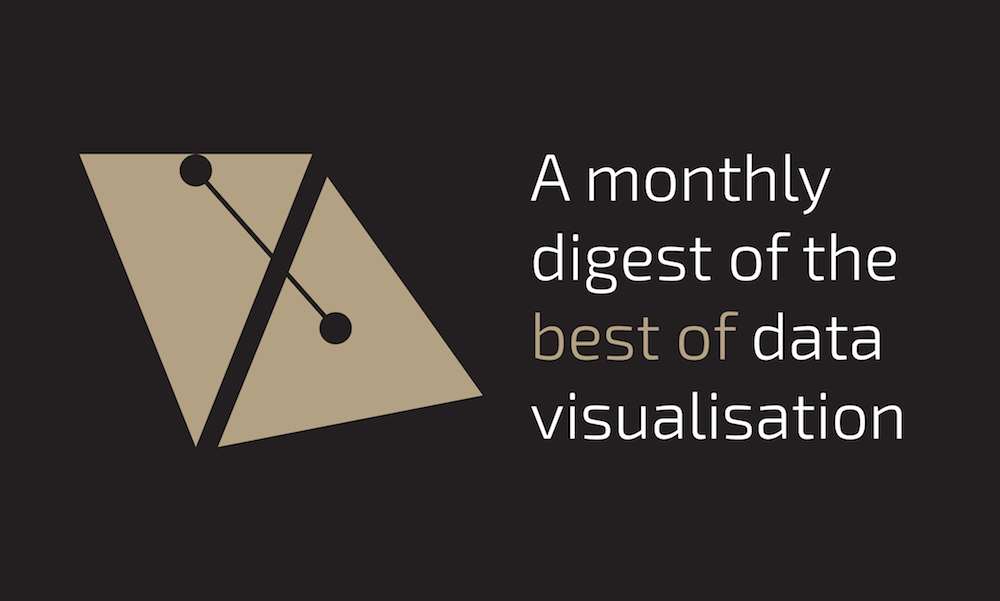
At the end of each month I pull together a collection of links to some of the most relevant, interesting or thought-provoking web content I’ve come across during the previous month. Here’s the latest collection from December 2016.
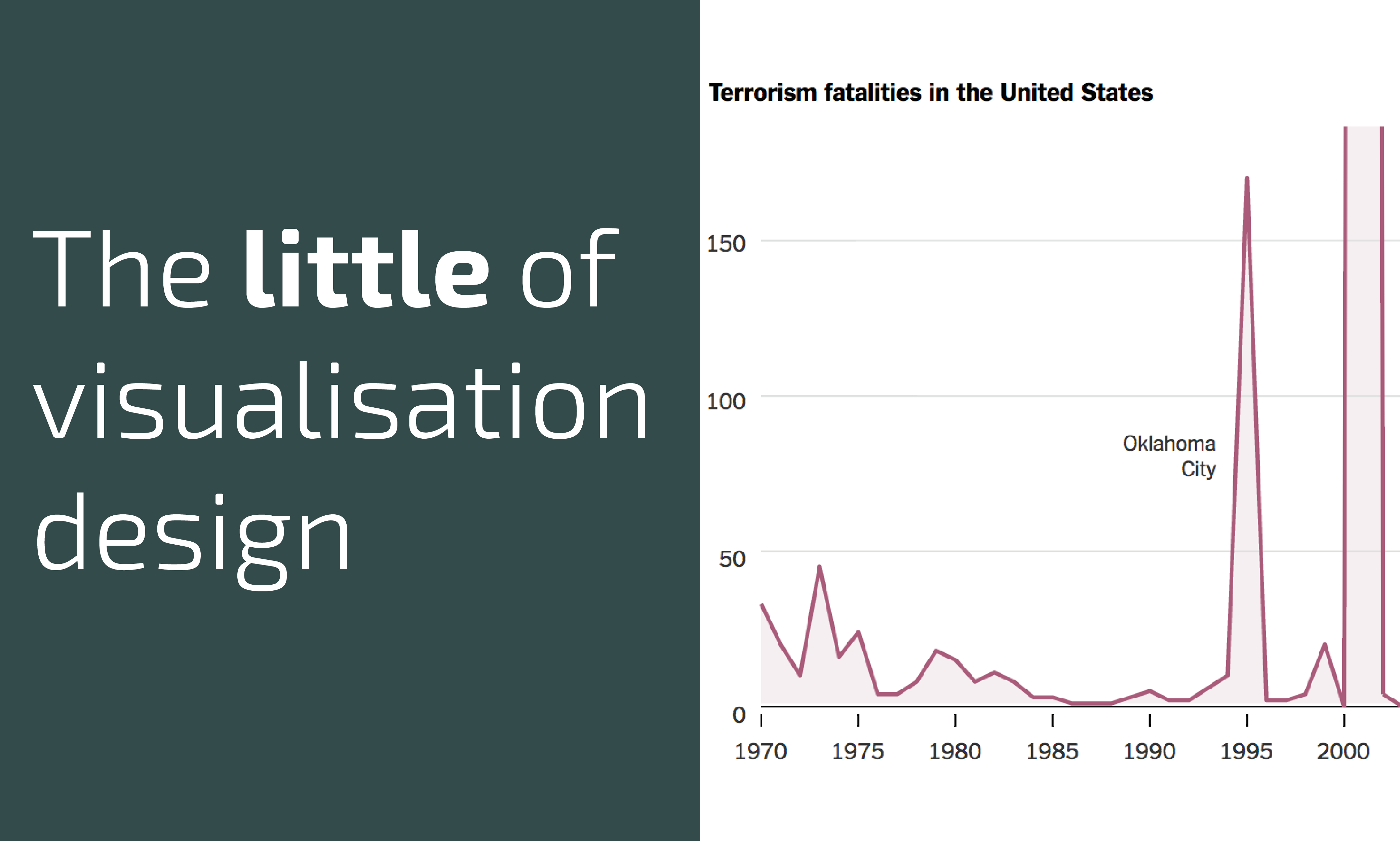
This is part of a series of posts about the ‘little of visualisation design’, respecting the small decisions that make a big difference towards the good and bad of this discipline.
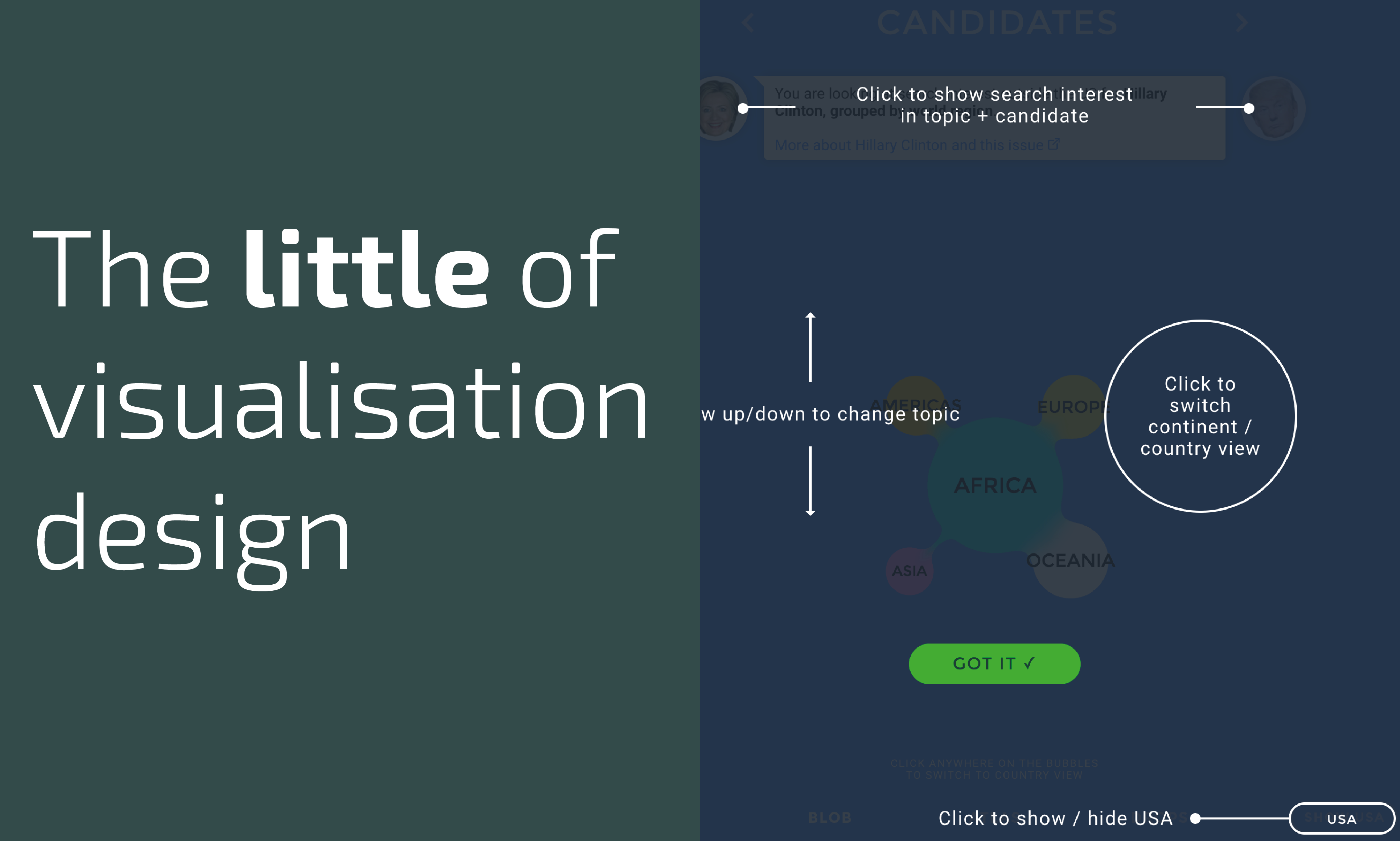
This is part of a series of posts about the ‘little of visualisation design’, respecting the small decisions that make a big difference towards the good and bad of this discipline.
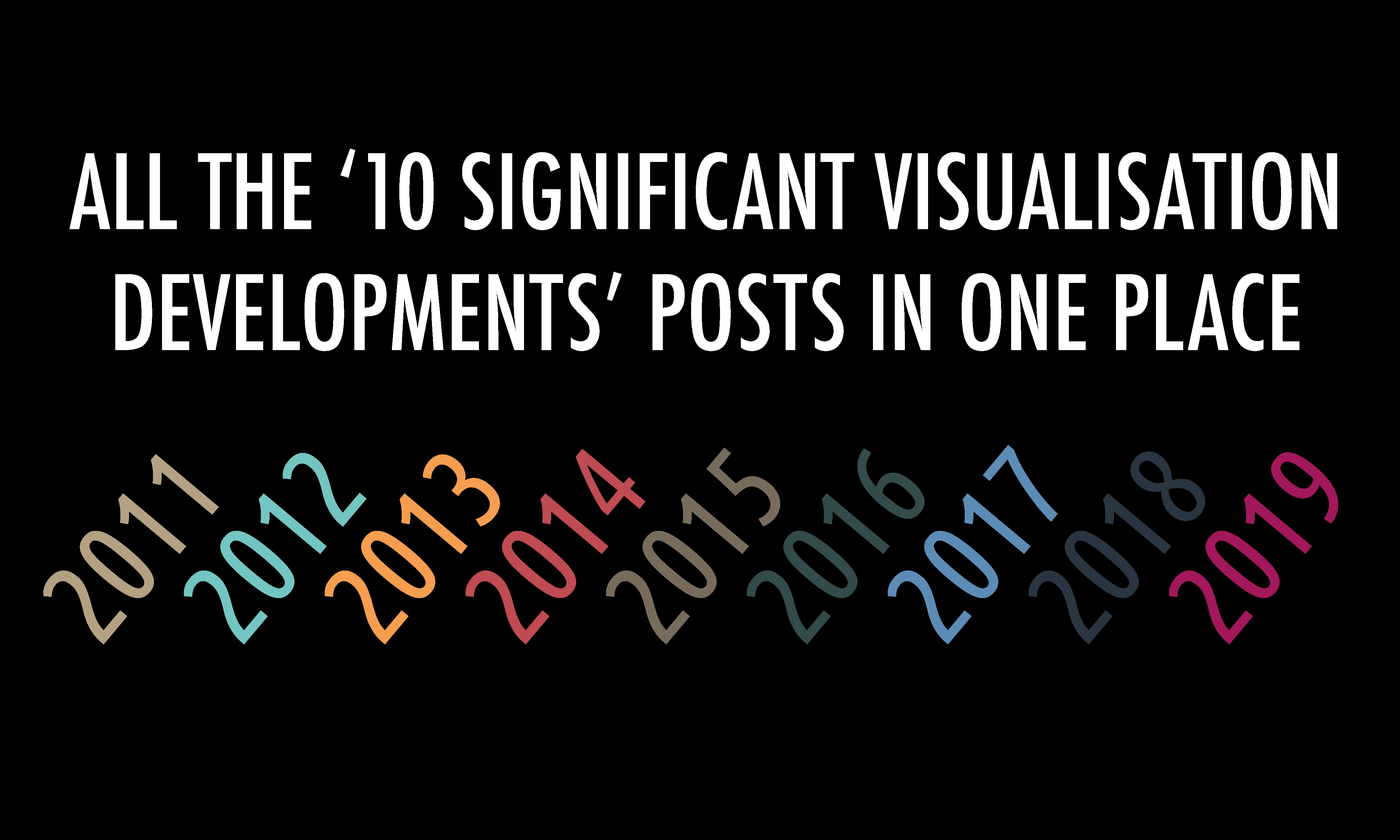
To mark each mid-year and end-of-year milestone I take a reflective glance over the previous 6-month period in the data visualisation field and compile a collection of some of the most significant developments.
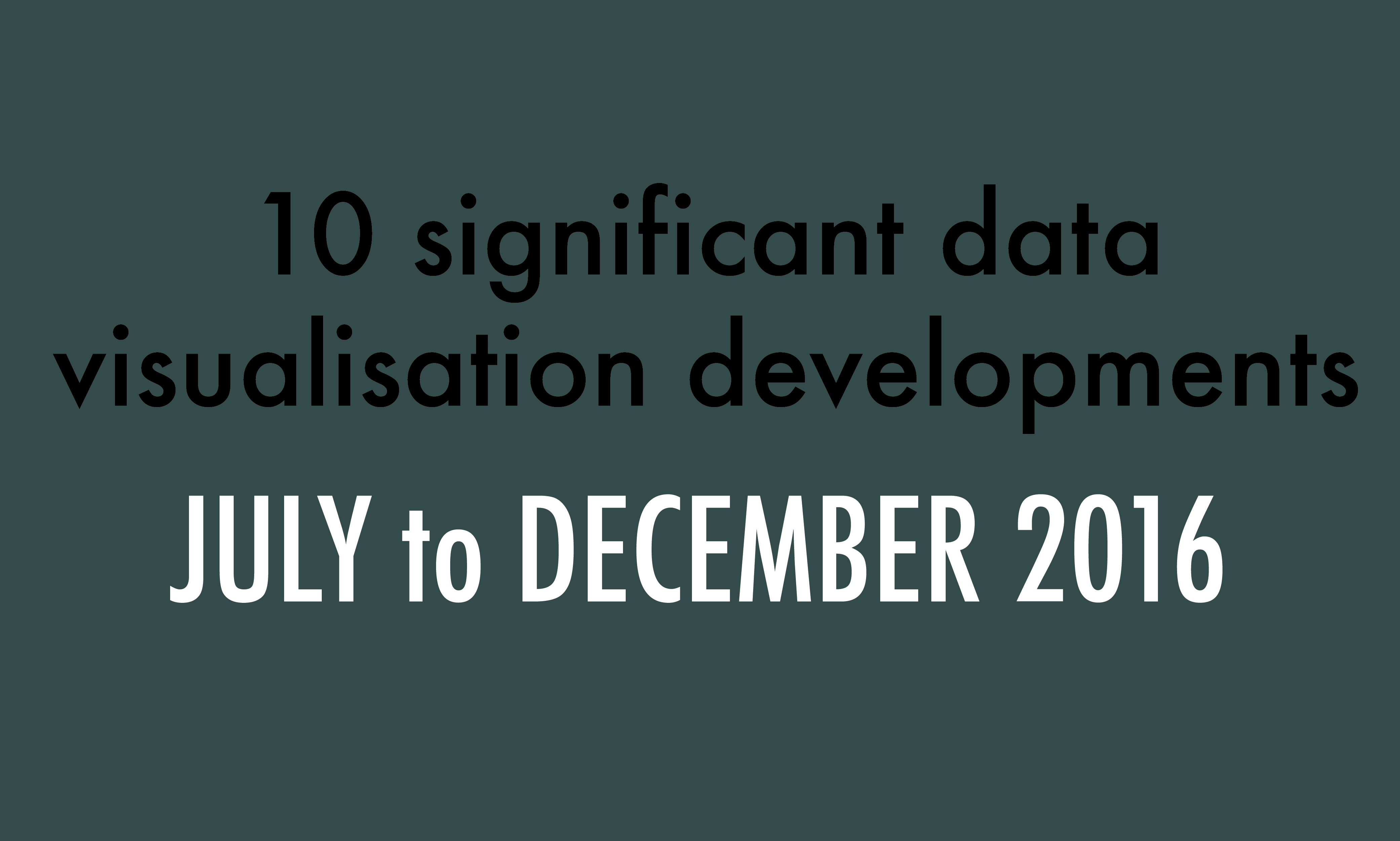
To mark each mid-year and end of year milestone I try to take a reflective glance over the previous 6 months period in the data visualisation field and compile a collection of some of the most significant developments. These are the main projects, events, new sites, trends, personalities and general observations that have struck me as being important to help further the development of this field.

At the end of each month I pull together a collection of links to some of the most relevant, interesting or thought-provoking web content I’ve come across during the previous month. Here’s the latest collection from November 2016.

A momentary vanity post, if you will oblige me. I’m delighted see that my book, ‘Data Visualisation: A Handbook for Data Driven Design’ has been included by Alan Smith, the Financial Times’ Data Visualisation Editor, as one of 2016’s “best books for data geeks”.

This is part of a series of posts about the ‘little of visualisation design’, respecting the small decisions that make a big difference towards the good and bad of this discipline.
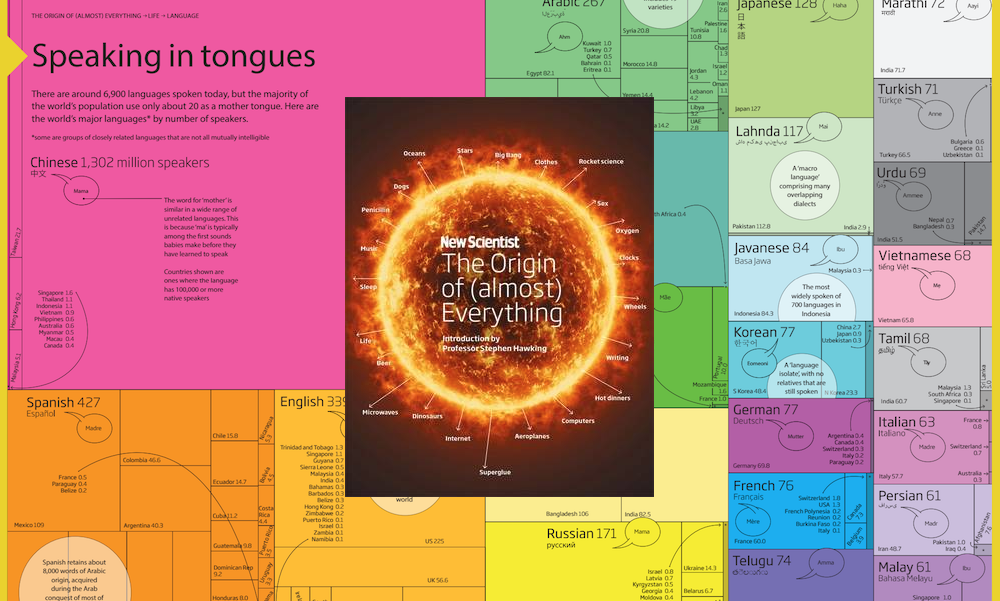
I wanted to briefly profile this beautifully produced new book, titled ‘The Origin of (almost) Everything‘ from the New Scientist, authored by Graham Lawton and

At the end of each month I pull together a collection of links to some of the most relevant, interesting or thought-provoking web content I’ve come across during the previous month. Here’s the latest collection from October 2016.
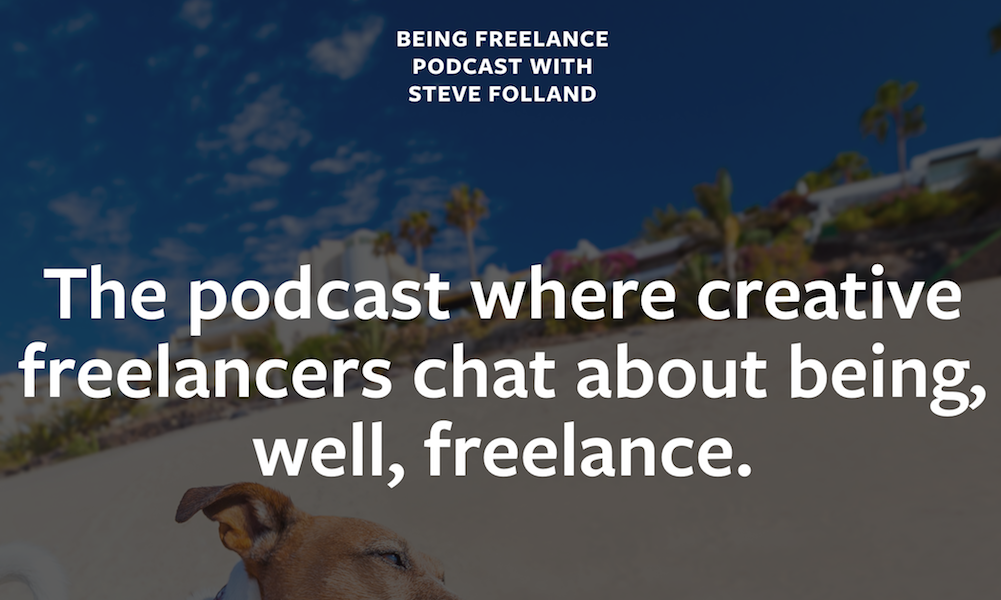
It was super to be invited by Steve Folland to be guest on his excellent ‘Being Freelance’ podcast. My appearance coincided with my hitting my 5 year anniversary since I left the ‘normal’ working world and set out to become a freelancer so it was great to have a chance to reflect on this past few years

The multi-talented visualisation entrepreneur Rachel Binx has clearly been very busy of late and has announced a couple of new ventures, expanding her fleet of custom visualisation-driven-designed products with the launch of ‘Cliffs&Coasts’ and ‘manymaps’.

At the end of each month I pull together a collection of links to some of the most relevant, interesting or thought-provoking web content I’ve come across during the previous month. Here’s the latest collection from September 2016.

I’m happy to help spread word about an interesting new FREE ebook that has been published on the excellent, long-running ‘Interaction Design Foundation’ website. The book is titled ‘Bringing Numbers to Life: LAVA and Design-Led Innovation in Visual Analytics’.
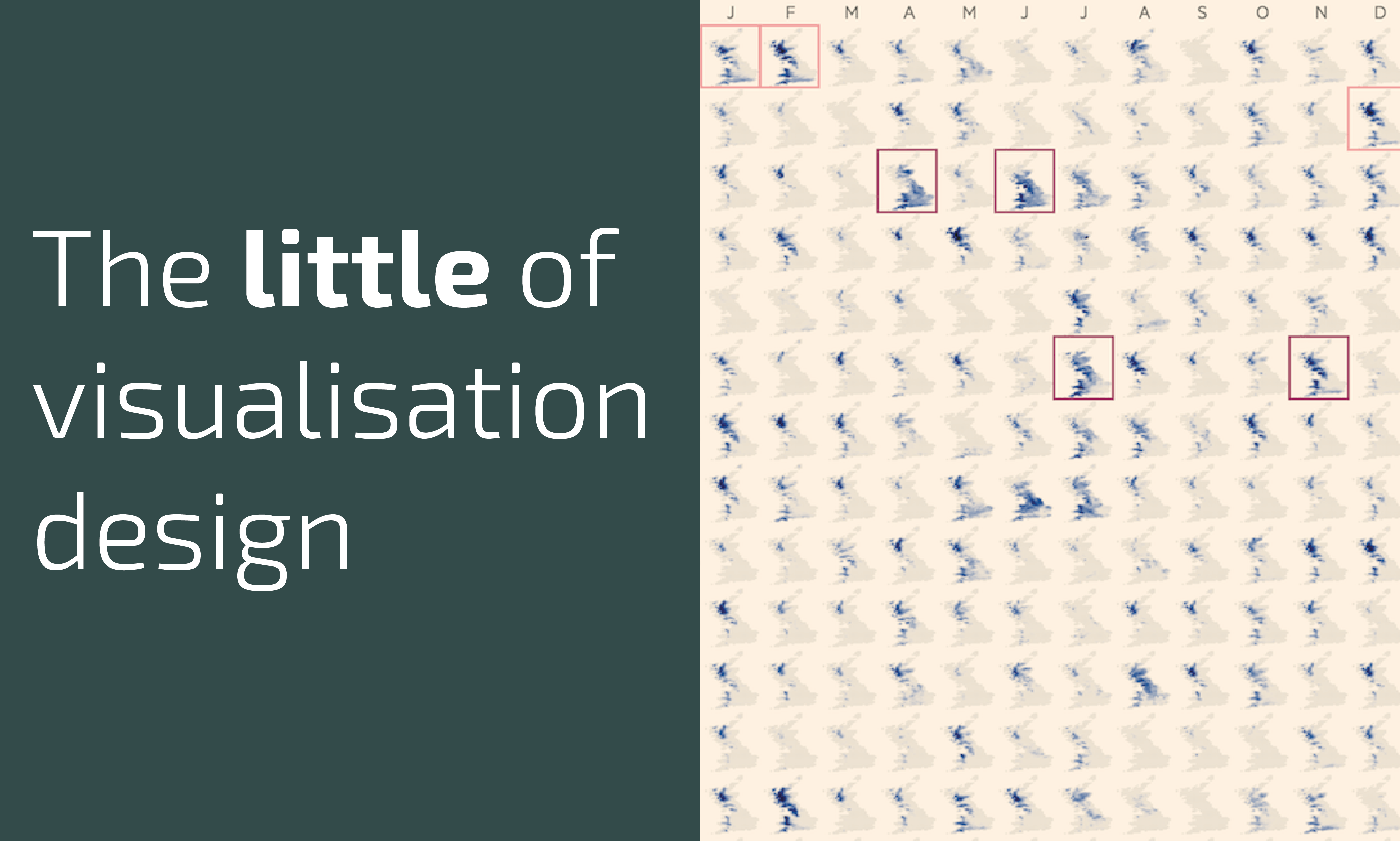
This is part of a series of posts about the ‘little of visualisation design’, respecting the small decisions that make a big difference towards the good and bad of this discipline.

Of all the graphics produced before, during and after the election (a selection here) it is fair to say the decision by the New York Times team to use ‘gauge’ charts caused quite a stir.
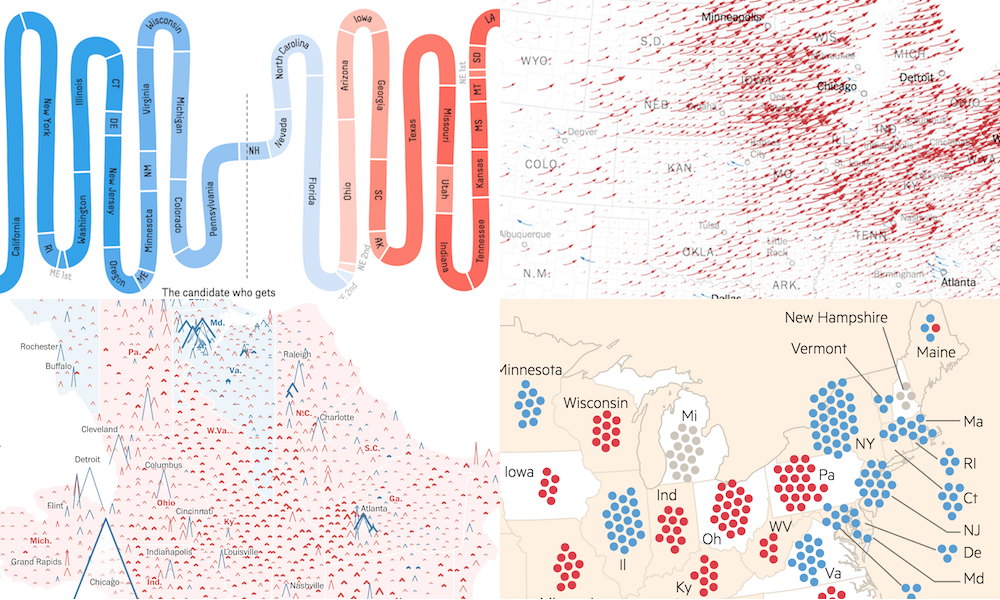
As the (nuclear) dust settles following a seismic week in history, the fallout and fall outs continue to dominate the media landscape, with finger-pointing galore as people looking to make sense of the nonsense, inevitably, seek a single person or single thing to blame.

This is a short note to clarify arrangements for the two-day data visualisation workshop I have scheduled in San Francisco on Thursday 19th and Friday 20th January 2017.
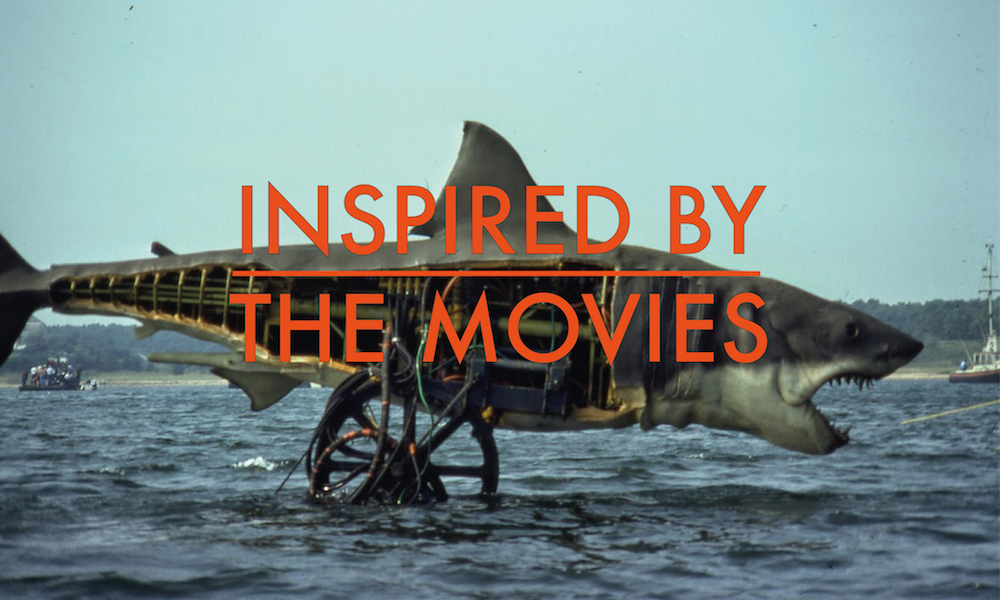
This lesson draws from a 2011 article in The Atlantic ‘Remembering Bruce, the Mechanical Shark in Jaws’ and was referred to in the third chapter of my new book, where I discuss the matter of establishing your task or project’s ‘circumstances’
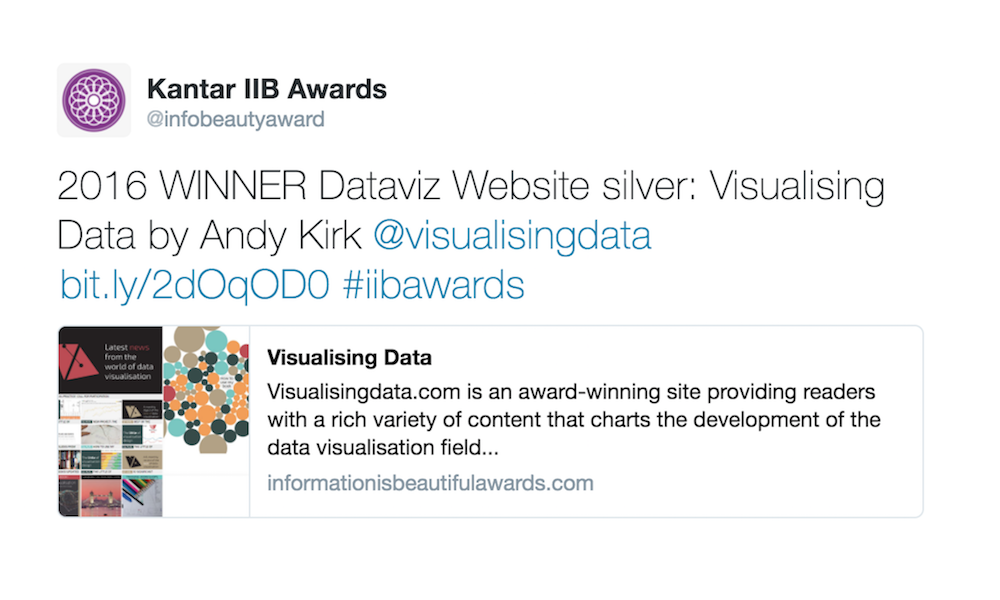
A belated announcement (for those who’ve not heard) and public thank you for last week’s news that I had won the silver medal for the ‘Best Dataviz Website’ category of the 2016 Kantar Information is Beautiful Awards.

This week marks the five year anniversary since I cleared my throat, nervously took a sip of water and stood in front of a room full of delegates to open my first ever data visualisation training workshop.
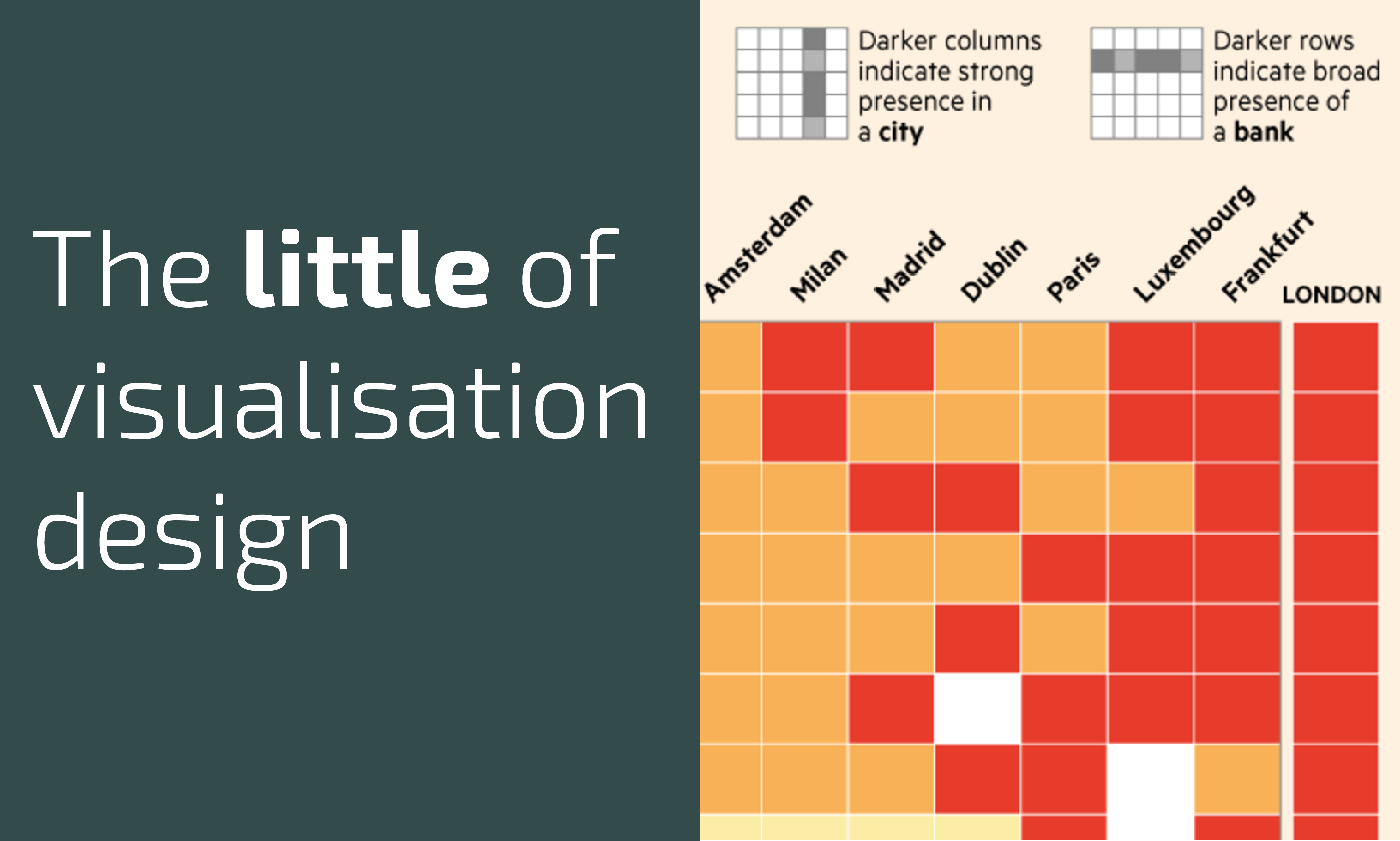
This is part of a series of posts about the ‘little of visualisation design’, respecting the small decisions that make a big difference towards the good and bad of this discipline.
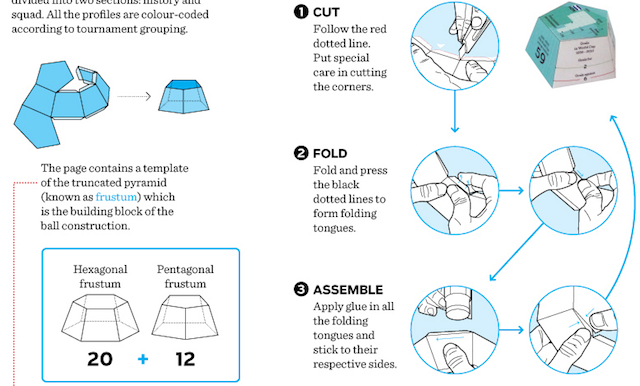
As the title suggests, this is a small collection of some innovative ways that I’ve seen applied to make static, non-digital visualisations become ‘interactive’ in different ways. I’d love to see other examples you might have seen too.
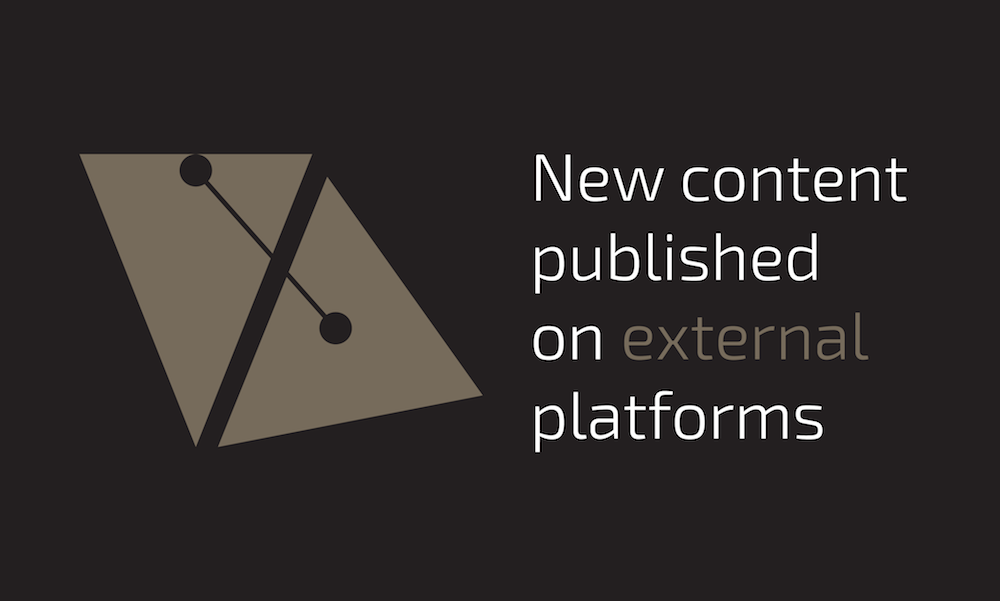
Thank you to Statistics Views for publishing a guest article I wrote for their site. Titled ‘Exploratory Data Analysis: Widening Your View Point’ it is an adapted excerpt from a section in Chapter 4 of my new book looking at some of the tactics involved in using exploratory data analysis to try unlock some of the ‘unknowns’ in your data.
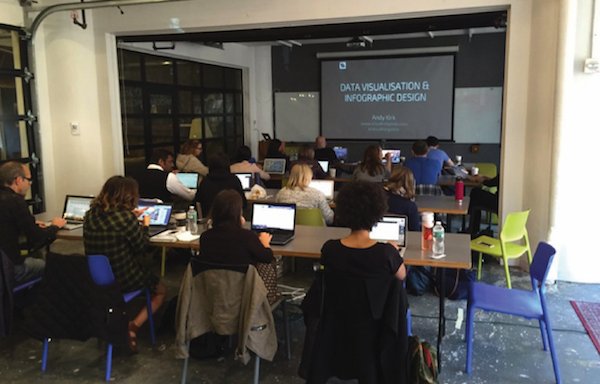
I’ve been gradually building up my schedule of public data visualisation training workshops but, whilst I mention them on social media, I forget not everyone is likely to see updates on Twitter or Facebook.